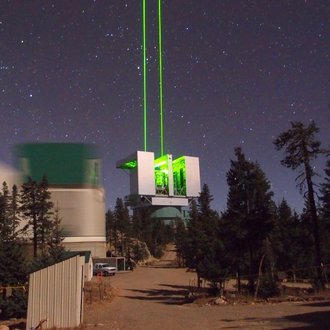ARGOS
The Large Binocular Telescope (LBT) is equipped with adaptive secondary mirrors which allow fast correction of the incoming wavefront. The current adaptive optics system achieves very high Strehl ratios of more than 80% and is thus very close to the theoretical diffraction limit of the telescope, but needs a relatively bright reference star close to the science target. To expand the sky coverage to almost all of the visible sky it has been decided to build a laser guide star system projecting three Rayleigh beacons per main mirror onto the sky. It's relatively large field of view (30x30 arc seconds) comes at the expense of the maximum image quality which will not be diffraction limited. This system is termed ARGOS, the PI is Sebastian Rabien (MPE, Garching). The AIP has designed and built the opto-mechanics for the natural star tip-tilt sensor and, in collaboration with the MPIfR, the four channel avalanche photo diode sensing module.
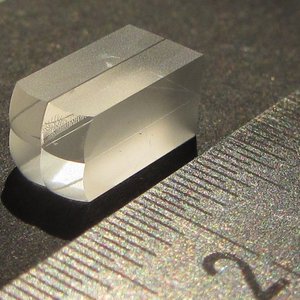
The raw lenslet array
Credit: AIP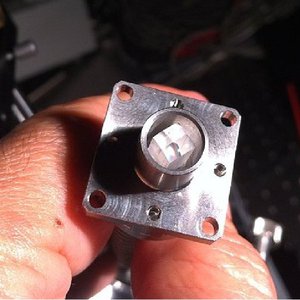
The lenslet array mounted.
Credit: AIP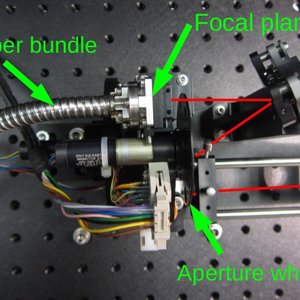
The light-pickup.
Credit: AIPWhy a natural guide star?
The laser guide stars cannot provide information about the atmospheric tip-tilt, as the path of the laser beam up through the atmosphere is the same as the path going down (on average) and thus the tip-tilt signal cancels out. An independent sensing of the tip-tilt signal at high speed (>500 Hz) close to the science target is thus necessary. With integration times of 2 ms even an 8 m main mirror does not provide many photons (about 20 as a matter of fact) for an R = 18 mag guide star, which is the brightness limit aimed for. We use a commercial four-channel avalanche photo diode (APD) system with high quantum efficiency and negligible read noise in a photon counting mode. Another way to preserve the signal to noise ratio is to not distribute the photons on too many pixels so the system is designed as a quad-cell system having only four sensors in a two by two raster. This is realized with a two by two lenslet array which we have designed and which has been manufactured by Carl Zeiss Jena GmbH. Most quad-cell systems suffer from a blind spot in the middle of the array, which for our application had to be avoided at any cost. The lenslets therefore have been designed to have their vertex slightly offset towards the center of the array to minimize central losses. The unavoidable gap from gluing the lenslet together should be kept minimal: we managed to keep it below 5 microns. The entire module is hosted in a temperature controlled cabinet on the instrument platform of the telescope.
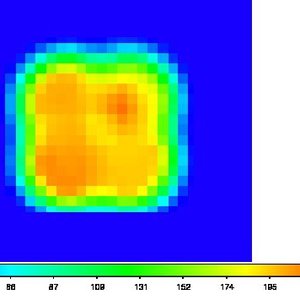
Sensitivity map of lenslet array plus fiber bundle.
Credit: AIP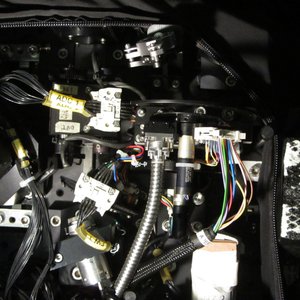
Not much space left.
Credit: AIP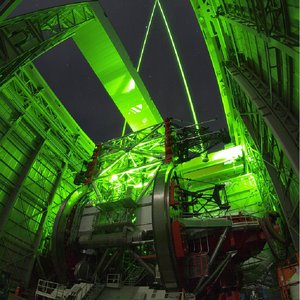
ARGOS shoots its first laser beam into the night sky above the LBT.
Credit: MPEThe light from the tip-tilt star is picked up by the lenslet array in the engineering arm focus of the existing adaptive optics system. The photons are then passed through optical fibers to the APD module. It is critical here to keep the alignment of the four pupil images at the end of the lenslet array within 5 microns to the corresponding optical fibers, only then they can be glued together. There required alignment system and procedure has been developed in house to guarantee the required precision.
Locking the adaptive optics of the LBT on the three laser guide stars simultaneously could be achieved for the first time in Nov. 2014.
